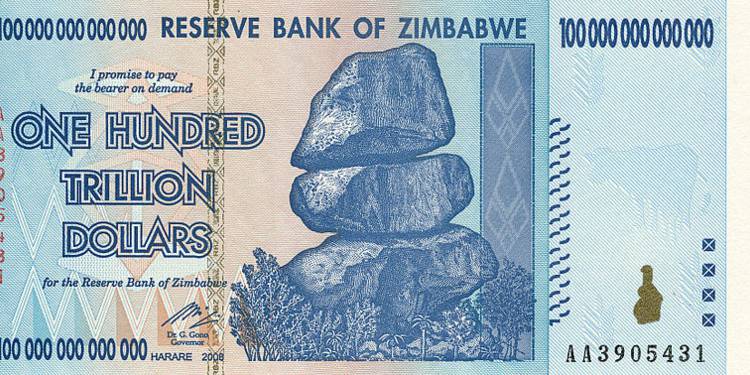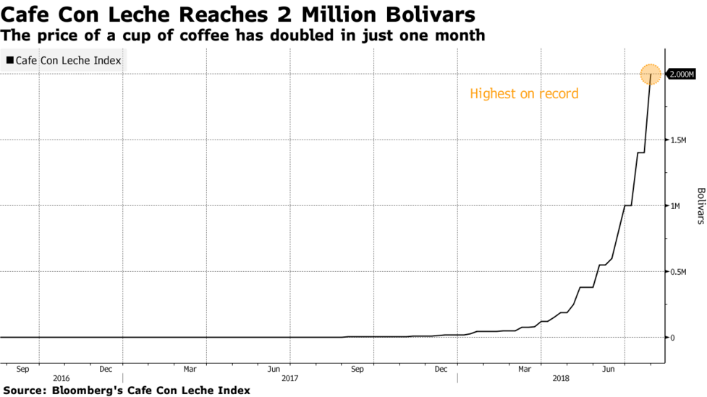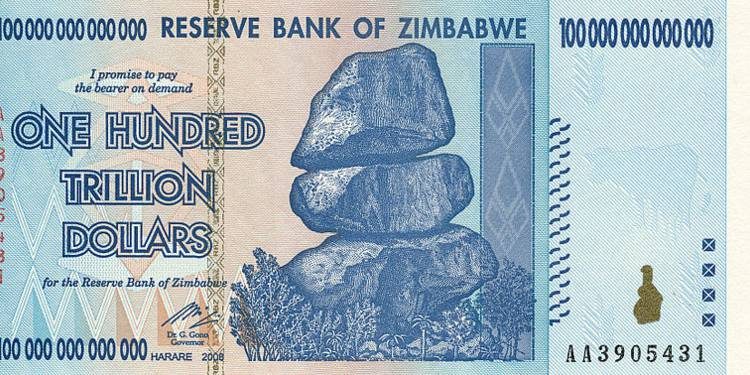What is hyperinflation?
In theory, prices should always fluctuate according to supply and demand. Inflation describes an increase in prices, while deflation refers to price decrease. Hyperinflation describes the uncontrolled escalation of prices, followed by a fall in value of currencies.
Where does hyperinflation come from?
Hyperinflation comes from a high budget deficit, which the government cannot finance other than through the creation of money. By doing that, the problem is that the supply of paper money will eventually exceeds the demand for goods and services, leading to a decline in value of the currency.
What are the consequences of hyperinflation?
Hyperinflation deprives the currency of its value. This leads to a drop in the level of savings, which means that savers end up ruined, as well as all those whose incomes are not linked to the inflation rate.
As the value of money has become derisory, trade is sometimes carried out on an exchange or barter basis, which makes business and economics in general challenging.
Moreover, it’s impossible to issue forecasts and the various economic agents no longer have confidence in the currency. They will therefore move their money towards safer investments such as gold or real estate rather than investing in the real economy, thus stifling the overall growth of the country.
A strong foreign currency will then replace the domestic currency, deemed as more trustworthy by economic agents.
Examples of hyperinflation
The Deutsche Mark

The most famous example is the German hyperinflation. At the end of World War I, Germany was struggling with a crippling debt and experienced a major economic crisis. Its budget deficit was huge and the massive borrowing during the War forced the central bank to significantly increase the money supply. The inflation rate skyrocketed along with the wages indexed to it. The price increase was therefore brutal between 1921 and 1923.
The peak was reached in 1923 with a monthly inflation of 23,000%. At that time, prices were increasing by 20% each day. The value of the Deutschmark compared to the US dollar rose from 49,000 in January to 4,200 billion Deutschmark in November 1923.
The Zimbabwean Dollar

The Zimbabwean dollar suffered from hyperinflation as a result of the agricultural reform programme in the 2000s. The annual inflation rate reached 2.2 million percent in July 2008 and continued to rise. In January 2009, $100 trillion banknotes of Zimbabwean dollars came into circulation.
Finally, in April 2009, the government decided to abandon, the Zimbabwean dollar in favor of foreign currencies, especially the US dollar.
The Governor of the Reserve Bank of Zimbabwe announced on February 20 2019 that Zimbabwe will reintroduce its own currency. By the end of the year, the Zimbabwean dollar should overcome the lack of US dollars which is making the country hampered by an endless crisis.
The Bolivar
In 2014, the prosperity of the Venezuelan economy was heavily dependent on oil exports, which accounted for more than 90% of the total export revenues of the country.
Then, the global price of oil dropped. Foreign demand for the Bolivar to buy Venezuelan oil collapsed. As the value of the currency declined, the cost of imported goods increased. The Venezuelan economy was thus hit by a crisis.
The new Venezuelan President’s solution, Nicolás Maduro, was to print more money.
Under these conditions, printing more money only exacerbated the problem, causing the value of the Bolivar to drop even lower. As prices increased, the government printed more and more money to pay its bills.
To protect themselves, Venezuelans began to convert their savings into a more stable currency, such as the US dollar.

In 2018, the inflation rate was estimated at 80,000%. It’s difficult to say what is the current rate of inflation, but the Venezuelan Cafe Con Leche from the Bloomberg index, based on the price of a cup of coffee, suggests that it’s currently about 380,000%.
Come and check our website Millenium State!

